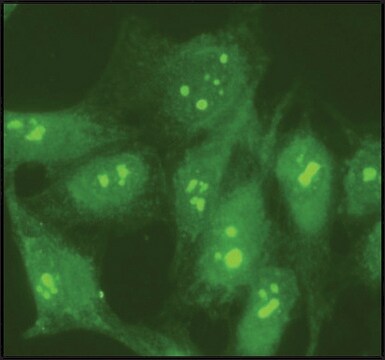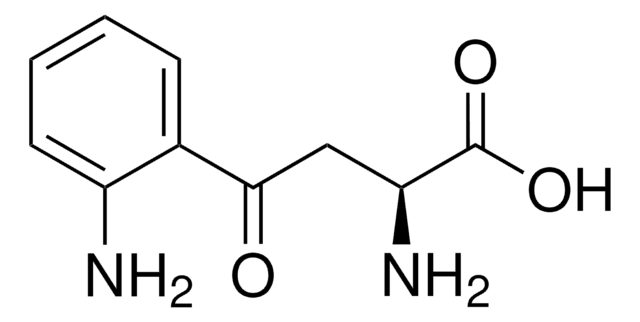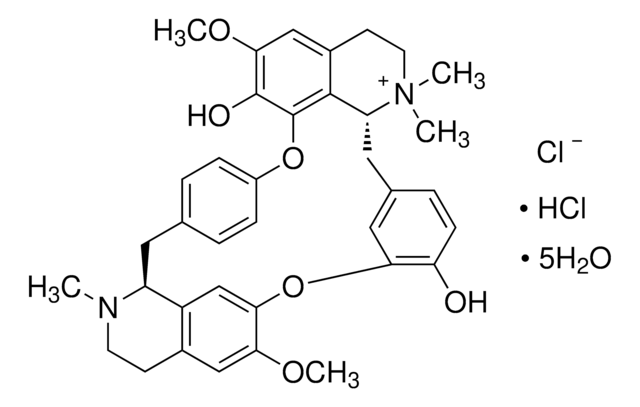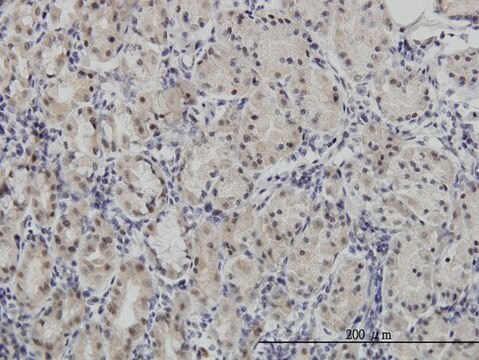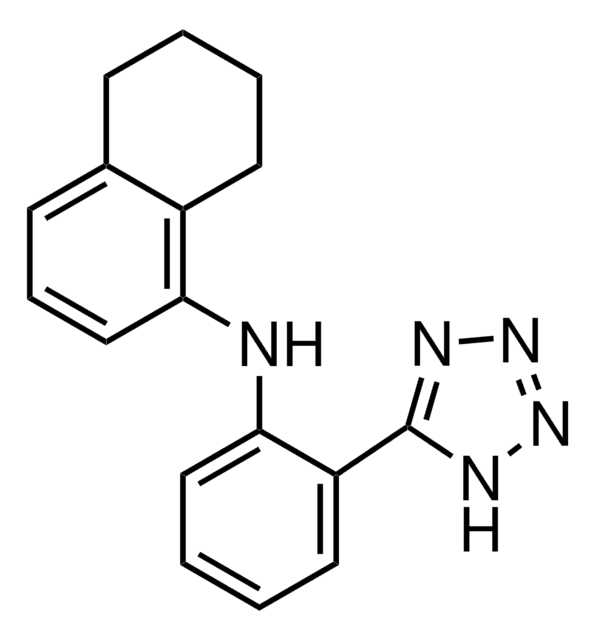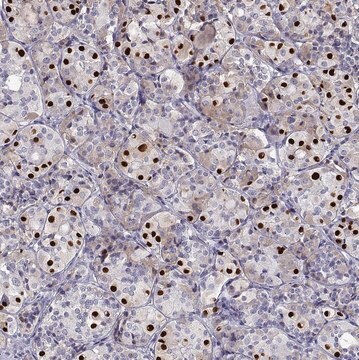05-565
Anti-Nucleolin Antibody, clone 3G4B2
culture supernatant, clone 3G4B2, Upstate®
About This Item
Recommended Products
biological source
mouse
Quality Level
antibody form
culture supernatant
antibody product type
primary antibodies
clone
3G4B2, monoclonal
species reactivity
human, canine, monkey
manufacturer/tradename
Upstate®
technique(s)
immunocytochemistry: suitable
immunoprecipitation (IP): suitable
western blot: suitable
isotype
IgG
NCBI accession no.
UniProt accession no.
shipped in
dry ice
target post-translational modification
unmodified
Gene Information
human ... NCL(4691)
General description
nucleo-cytoplasmic transport. Nucleolin also exhibits autodegradation, DNA and RNA helicase activities, and DNA-dependent ATPase activity. Nucleolin activities may be regulated by proteolysis, methylation, ADPribosylation, and phosphorylation by several kinases, including casein kinase II (CK2), p34cdc2, and protein kinase C-ζ.
Specificity
Immunogen
Application
Quality
Target description
Linkage
Physical form
Analysis Note
Positive Antigen Control: Catalog #12-309, Hela cell nuclear extract. Add an equal volume of Laemmli reducing sample buffer to 10 μL of extract and boil for 5 minutes to reduce the preparation. Load 20 μg of reduced extract per lane for minigels.
Legal Information
Not finding the right product?
Try our Product Selector Tool.
recommended
Storage Class Code
10 - Combustible liquids
WGK
WGK 1
Certificates of Analysis (COA)
Search for Certificates of Analysis (COA) by entering the products Lot/Batch Number. Lot and Batch Numbers can be found on a product’s label following the words ‘Lot’ or ‘Batch’.
Already Own This Product?
Find documentation for the products that you have recently purchased in the Document Library.
Our team of scientists has experience in all areas of research including Life Science, Material Science, Chemical Synthesis, Chromatography, Analytical and many others.
Contact Technical Service